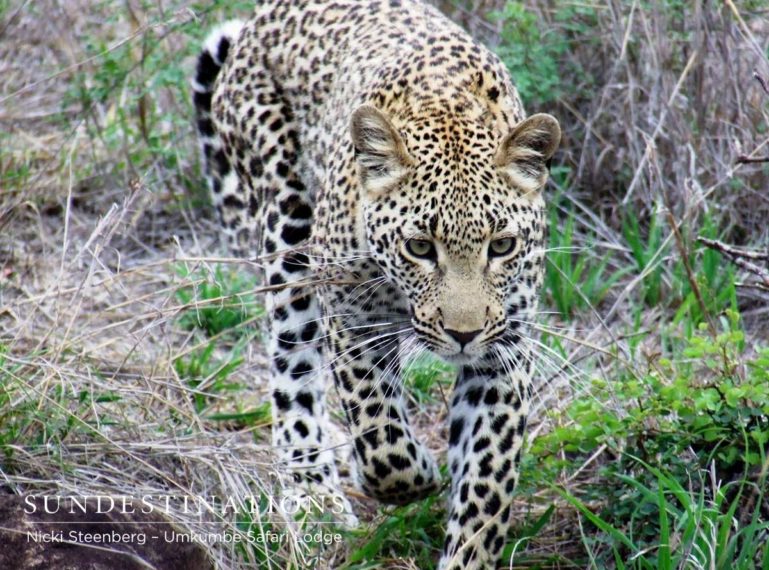
We’ve displayed a fantastic series of Umkumbe ranger images from our khaki-clad men Marius Zeilinga and Mauritz Senekal. Now it’s time to give Nicki Steenberg a bit of air time. Nicki appears to have quite an eye for bird photography and we’re wondering if she’s not an ornithologist at heart! To throw us off the bird trail, she’s also showcased a few leopard images. Then again, Umkumbe is located in the heart of Sabi Sand, which is like a busy train station of leopards! It just wouldn’t be right if we didn’t spin a leopard story or two.
The last leopard report was the sighting of Mxabene “guarding” a warthog burrow. On the weekend Max attempted to take down an impala and used the vehicle as cover. Leopards are cunning, clever and industrious. Max certainly used all available resources to attempt a take down! On the leopardess front, Kigelia was spotted parading in front of guests on Marius’s vehicle. Kigelia is Little Bush’s cub who is now old enough to venture off alone. Leopard cubs lead a solitary life and generally leave their mother’s at roughly 12 – 18 months when they are old enough to live alone. Kigelia appeared to be on the prowl and attempted to hunt a bushbuck but was unsuccessful.
That’s two unsuccessful leopard kills over the weekend. Leopards are opportunistic hunters so they’ll find their next meal soon enough!
Talking about carnivorous creatures, Umkumbe guests have have enjoyed quite the array of raptor and wader sightings. It’s always nice to display a portfolio of bird photos for our keen twitchers. The Wahlberg’s eagle hunts reptiles, small mammals and birds; and it is often found in woodland areas closet to water. The plumage of a Wahlberg’s eagle is dark brown except for grey streak on the underside of its flight feathers. It also has a mohawk looking crest on top of its head and bright yellow legs. Interestingly enough, the Wahlberg’s eagle remains paired with the same mate for years.
Featured below are the marabou stork and saddle-billed stork, our wading birds. The marabou stork is an opportunistic scavenger and feeds off of carcasses. Their odd shaped bill means they actually cannot cut meat and thus prefer to scavenge. The saddle-billed stork is the tallest stork in the world and stands at an impressive 5 feet tall! They are shy but territorial birds preferring large masses of water home to an array of fish. They are easily recognisable by their yellow crinkled, leathery looking belt across their bill.
Thanks Nicki for the images!
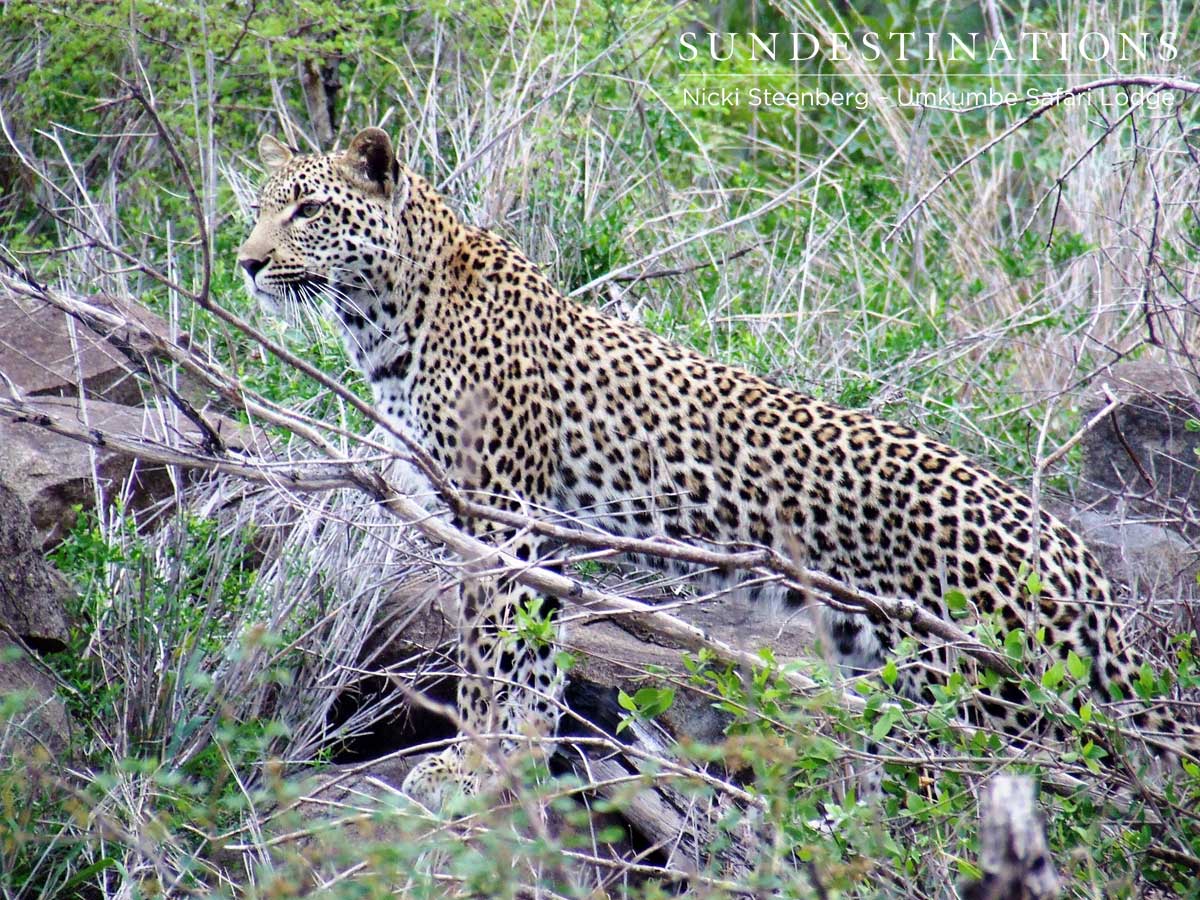
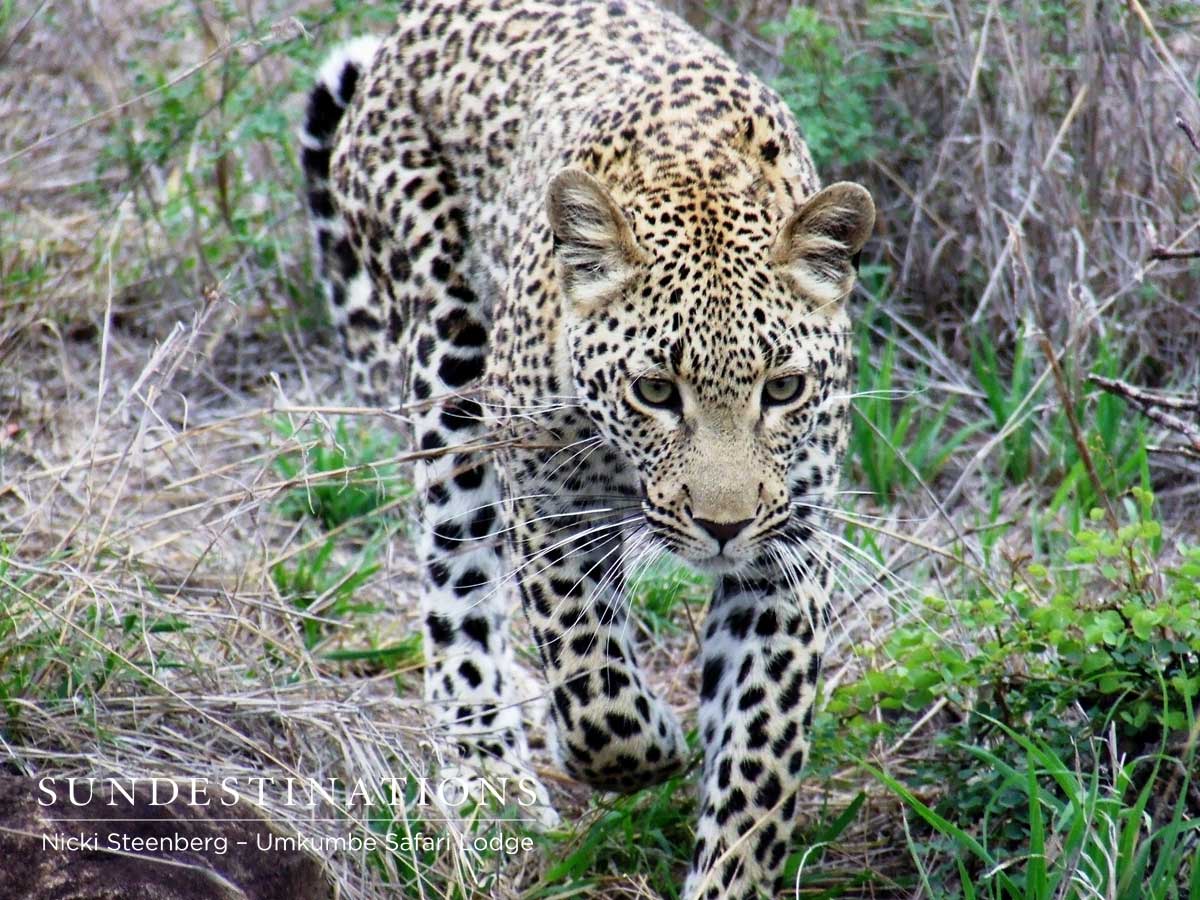
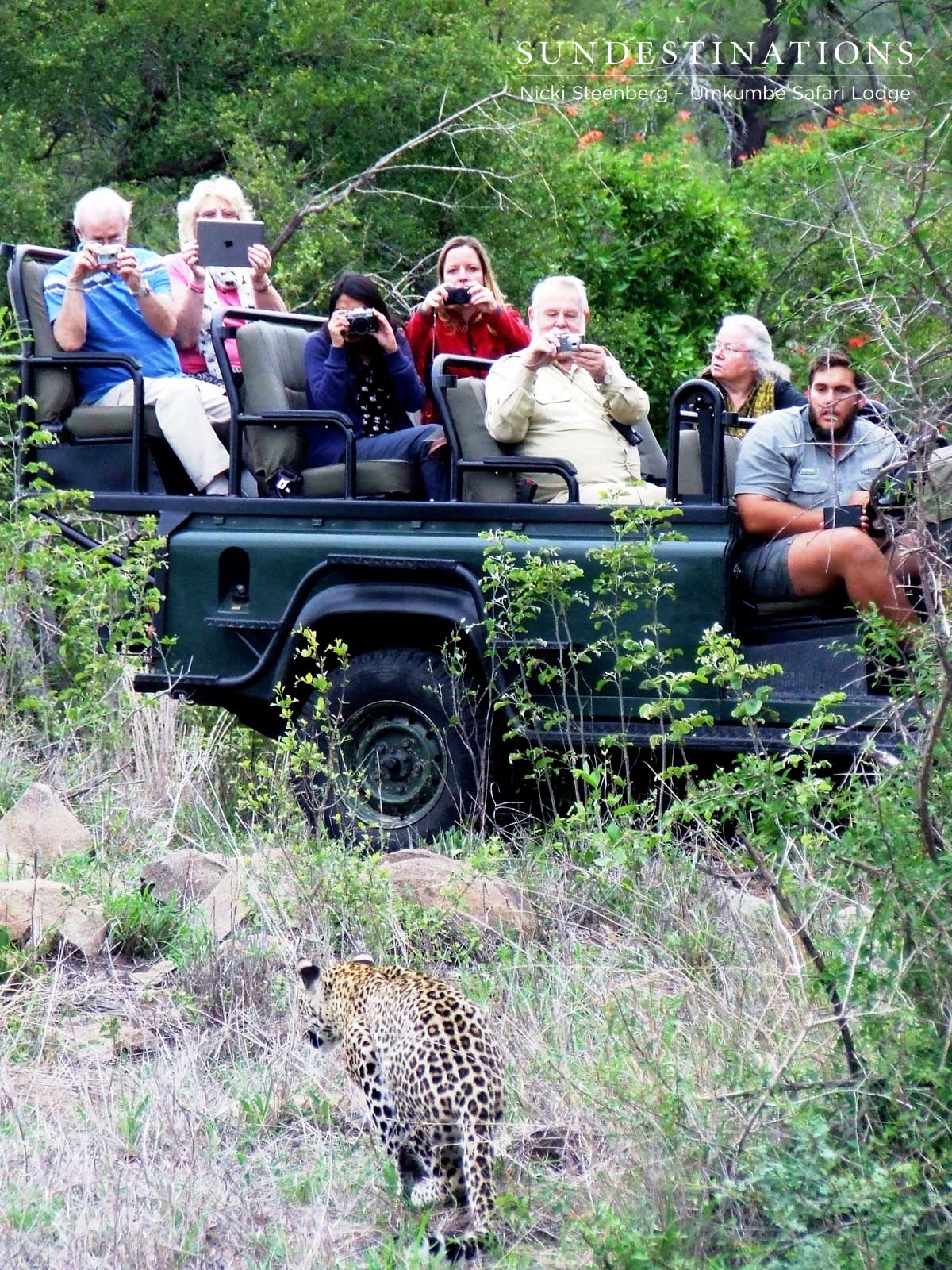
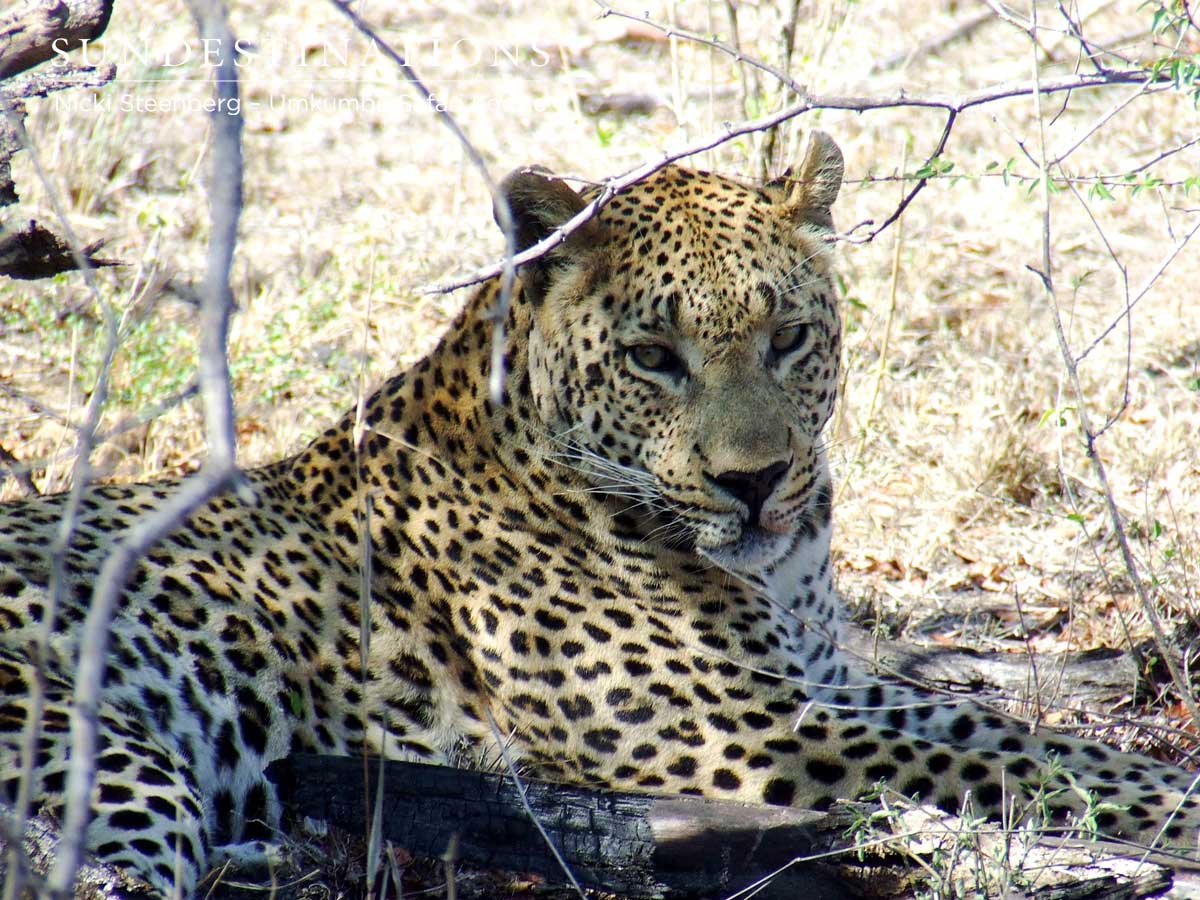


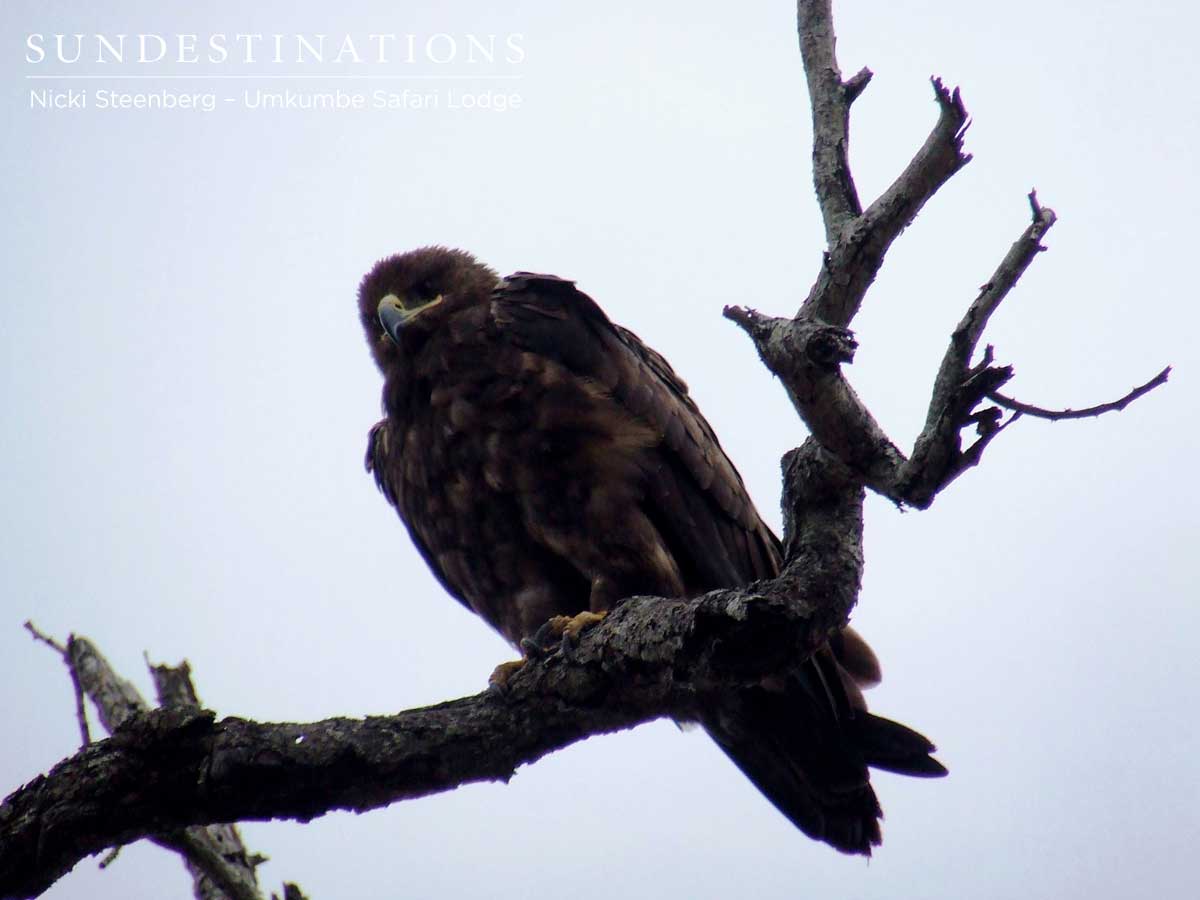
Leave a Comment